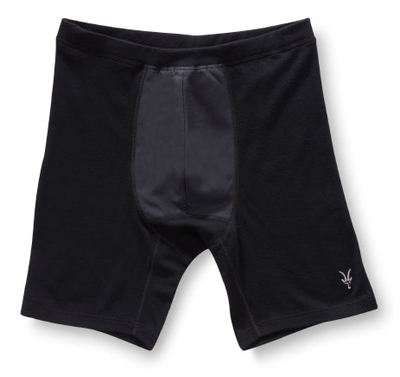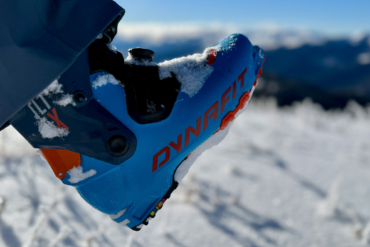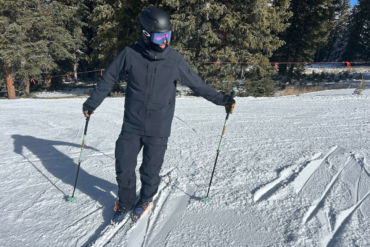Running in the winter months can be harsh. But with the right gear — and a different mentality toward the sport — snow and ice don’t have to slow you down. I run year-round in Minneapolis, where temps dredge to 20-below-zero each winter and the paths are deep with snow. In the past, I’ve written on the basics of winter running, including information on base layers, grip-embellished shoes, and the debate of mittens versus gloves. But this article is a bit more rough and untested. Take it or leave it, the 10 tips below reveal a few of my idiosyncratic findings gleaned from years of running on the snow and ice.

1. ‘Layering’ Doesn’t Work — Sure, dress in layers. (How else would you dress for the cold?) But the theory of “layering” for running — e.g., taking off a jacket or a top while on the run — is pretty much B.S. Unless you are on a long run and wearing a backpack, there isn’t anywhere to put a jacket if you get too warm. My solution? Unzip and vent. And start out cold. It’s easy to dress too heavy at the start and then end up too warm 20 minutes into a run.
2. Hands and Head as Regulators — So layering for the core doesn’t work, as noted above. But for your hands and head, a type of “layering” is manageable and effective. By this I mean you can take gloves and mittens — or a hat — on and off as your body heats up and cools down. Just take them off and stuff them in your pocket. In a mile or two, you may hit a windy stretch, or slow down your pace, etc., and then you can pull the gloves or hat back out and wear it for the remainder of the run back home.
3. Extra Hat — Have a small extra hat or Buff headwear in your pocket at all times. Often I sweat through my hat and then put it in a pocket on the run. Then later, when I am cooling down, I pull out the dry hat to wear. Putting a sweaty, half-frozen skull cap back on is far from pleasant as you cool down toward the end of a run.

4. Grip Your Gloves — In between wearing gloves or mitts and stowing them in a pocket, I often simply grip my gloves in my hands. Balled up and against my palms, the material adds some warmth. I use my hands to regulate my core temp throughout a run, and the grip-the-glove method is one technique when I’m too warm to wear the gloves, but my fingers are freezing with the gloves stowed away. Weird, I know. But it works.
5. Ball Your Fingers — I start many runs with my fingers balled up in a fist inside a pair of thin running gloves. As I heat up, I move my fingers into their places in the gloves. Simple solution.
6. Extremities include “Down There” — This tip is for guys only: You know that extremities are the first things to freeze. This usually applies to fingers and toes, and sometimes ears and noses. But the male anatomy, if not protected, is vulnerable to freezing. I often wear wind-proof boxer briefs under my running tights like Ibex’s Zepher Wind Boxer, which are made of a fine merino wool and have a panel to block wind on the front. If it’s warmer, a normal pair of athletic-cut underwear to add a smidge more insulation and warmth will do.

7. No Hardshell Jackets — Unless it is super harsh outside, I wear a breathable wind-breaker type shell while running. Or a hybrid like the North Face Animagi Jacket, a piece with PrimaLoft-stuffed panels and thin, stretchy sleeves, is perfect. Avoid hardshell or other “waterproof-breathable” jackets. They are too warm and too clammy for all but the worst of days.
continued on next page. . .





